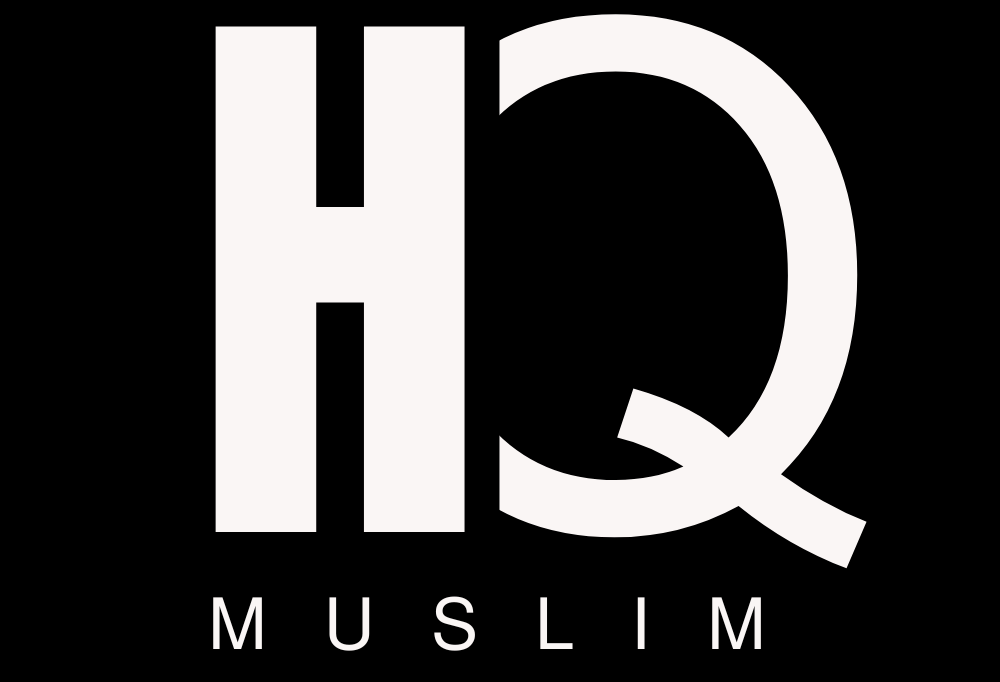Unleashing Your Inner Animal: The Brain Code Guide to Effortless Productivity
Time Interval: 00:00 – 10:30
1a. Know Thyself, Know Your Flow
📝 The Point:
• Everyone wants to be productive, but not everyone thrives the same way. A universal approach just doesn’t cut it.
• Our struggle with distractions, overwhelm, and lack of momentum isn’t a sign of laziness—it’s a sign we’re using the wrong tools for the wrong brain.
• Productivity is personal—it starts with understanding your brain type, or “brain animal,” and playing to its strengths.
⚖️ The Law:
• Self-awareness is the gateway to true growth.
• Tools are only useful if they align with the user.
• Productivity without alignment leads to burnout.
🔮 And So:
• Instead of fixing “you,” fix the fit between how your brain works and what you’re trying to do.
• Matching method to mind unleashes productivity as a natural rhythm, not forced effort.
• The true cost of misalignment is a lifetime of underperformance and internal guilt.
What if productivity isn’t about pushing harder—but tuning better?
1b. The Four Animal Archetypes of the Brain Code
📝 The Point:
• The Cheetah is fast, instinctive, and thrives on quick action.
• The Owl loves data, structure, and deep thinking.
• The Dolphin is creative, visionary, and flows with ideas.
• The Elephant is compassionate, team-focused, and emotionally intelligent.
⚖️ The Law:
• Every brain has a dominant type but contains aspects of all types.
• Labeling should liberate, not limit—it’s about utility, not identity.
• Strengths manifest in context—what’s an asset in one domain may be a drag in another.
🔮 And So:
• Discovering your type unlocks targeted methods to work smarter, not harder.
• Knowing others’ types fosters empathy and more effective teamwork.
• Your brain type is your native productivity language—learn to speak it fluently.
What happens when we stop fighting our nature and start flowing with it?
1c. Productivity Tactics for the Cheetah
📝 The Point:
• Cheetahs thrive in quick wins: breaking tasks into sprints keeps them focused and energized.
• They benefit from stimuli—background beats, ambient energy, anything that ignites momentum.
• They perform best with tight deadlines that spark adrenaline.
⚖️ The Law:
• Fast movers need structure that respects their speed.
• Focus is fragile without feedback loops.
• Urgency can be a superpower or a trap—it must be intentional.
🔮 And So:
• Create mini-deadlines and rapid checkpoints to maintain flow.
• Use sensory triggers to jumpstart your brain into action.
• Build a rhythm of achievement—momentum is everything.
How might we design urgency not to pressure us, but to propel us?
1d. Productivity Tactics for the Owl
📌 Owl Tips
📝 The Point:
• Owls need deep work zones—silence and structure to think clearly and thoroughly.
• They flourish with advanced planning systems—GTD, apps, spreadsheets—they love it all.
• Regular review rituals help them recalibrate and maintain strategic direction.
⚖️ The Law:
• Clarity is power—planning isn’t just prep, it’s control.
• Routine breeds mastery.
• Owls gain peace from structure—it’s how they fly.
🔮 And So:
• Protect focused time like sacred ground.
• Use precision tools for planning—it’s their natural language.
• Review weekly—optimize like an engineer would a system.
Can we redefine productivity as the art of thoughtful intention?
1e. Productivity Tactics for the Dolphin
📝 The Point:
• Dolphins bloom in flexibility—they follow their internal creative cycles, not the clock.
• They need creative tools—apps, visuals, mind maps—to harness imagination into output.
• Collaborative platforms give them inspiration through synergy.
⚖️ The Law:
• Creativity isn’t random—it flows in patterns.
• Tools should inspire, not constrain.
• Dolphins thrive in inspiration-rich environments, not isolation.
🔮 And So:
• Allow space for wandering minds to find genius.
• Surround creativity with structure—but not walls.
• Productivity looks different here—less linear, more luminous.
What if productivity wasn’t measured in checkboxes but in breakthroughs?
1f. Productivity Tactics for the Elephant
📝 The Point:
• Elephants shine with team-based systems that foster shared progress and communication.
• They benefit from emotional intelligence training to fine-tune their leadership and resilience.
• Mindfulness practices help them manage empathy-induced burnout.
⚖️ The Law:
• Compassion without boundaries breeds depletion.
• Connection fuels cooperation and cohesion.
• Reflection is the recharge of the empathic mind.
🔮 And So:
• Invest in tools that sustain emotional clarity and connection.
• Schedule space for self-regulation and healing.
• Lead from wholeness, not from exhaustion.
Can we protect our empathy while still performing at the highest level?
1g. The Deeper Truth: Productivity is Personal
📝 The Point:
• The Matrix’s Oracle said it best: Know thyself. Productivity isn’t about doing more—it’s about becoming more you.
• True effectiveness comes when action aligns with identity.
• Knowing your brain type is the first step. Having the courage to act on it is where transformation begins.
⚖️ The Law:
• Productivity is an act of identity.
• Self-discovery must lead to self-honoring.
• The brain is not a machine—it’s an ecosystem.
🔮 And So:
• Embrace your type not as a label, but as a mirror.
• Share your insights—it reinforces your own learning.
• This journey is about more than output—it’s about wholeness.
What might our lives look like if productivity became a path to self-actualization?
Glossary
• Brain Code: A model classifying individuals into four archetypes—Cheetah, Owl, Dolphin, Elephant—based on dominant cognitive and emotional traits.
• Ultradian Rhythm: Natural cycles of alertness and fatigue, typically 90–120 minutes, that affect peak performance times.
• Deep Work: Concept by Cal Newport focusing on distraction-free concentration for complex tasks.
• EQ (Emotional Intelligence): The ability to recognize, understand, and manage emotions effectively in oneself and others.
• GTD (Getting Things Done): A productivity methodology developed by David Allen focused on task organization and execution.






